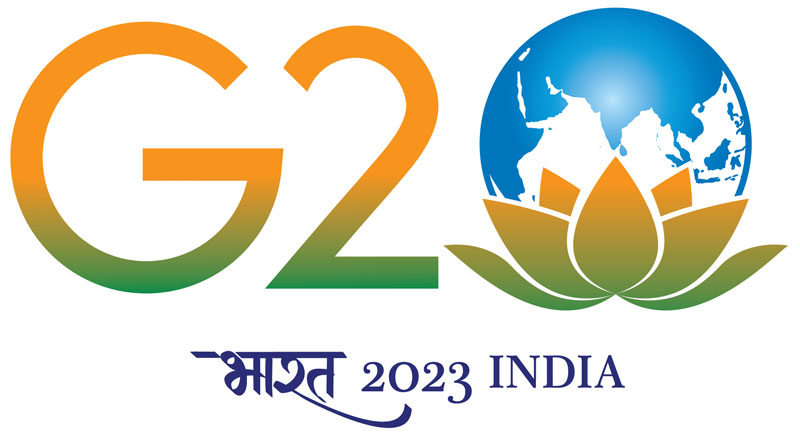Efficiencies through digital tools (EDIT)
Capacity building of different stakeholders forms the foundation of any programme and is of great significance across various phases of the programme viz. planning, implementation, monitoring and evaluation, and sustainability outcomes.
Insights from water security efforts show that the programs, when supplemented with increase in the number of interactions between the experts and the practitioners, providing access to learner-oriented practice content could build the efficacy of the front-line workers. The idea is to enhance the efficiencies of programme execution, mentoring and monitoring through application of digital tools. This is in no way replacing the classroom training or on-field coaching but devising the scopes for availability of the ‘coach’ or the mentor at every point in time when the executor needs the support, through provisioning the lucid digital content support, on/offline.
One year pilot of ‘Efficiencies through digital tools (EDIT)’ is being carried out with PRASARI, West Bengal for reimagined capacity building in partnership with Arghyam in three projects on springshed management, watershed management and well rejuvenation.
The main objective of the program is to increase the reach of government welfare schemes and to address challenges in sectors such as education, health, nutrition and innovation in tribal areas, in order to ensure an integrated and focused approach to the socio-economic development of the Scheduled Tribes population in a coordinated and planned manner. Keeping in mind our core competence in the field of CSO facilitation and screening, MoTA has appointed BRLF to carry out a rigorous screening process for shortlisting proposals from different parts of the country on various themes such as education, health and innovation.
Objectives:
The project has the following objectives:
a. Ensuring the availability of the digital contents to put in the spring, well rejuvenation, and watershed management work.
b. Piloting remote tools and mechanisms to guide the execution of the land-water management and recharge of the aquifers.
c. Dissemination of the idea of digital capacity-building mechanism for their future uptakes in larger programmes run by the State of West Bengal.
The main objective of the program is to increase the reach of government welfare schemes and to address challenges in sectors such as education, health, nutrition and innovation in tribal areas, in order to ensure an integrated and focused approach to the socio-economic development of the Scheduled Tribes population in a coordinated and planned manner. Keeping in mind our core competence in the field of CSO facilitation and screening, MoTA has appointed BRLF to carry out a rigorous screening process for shortlisting proposals from different parts of the country on various themes such as education, health and innovation.
Target Areas & Beneficiary Population:
Various areas are being targeted under different programmes. They are as follows:
a. Jharnadhara Springshed Management programme
The larger programme covers 616 springs across 4 districts. This proposal, however, targets all 30 springs of Gorubathan block of Darjeeling district.
b. Usharmukti Watershed Management programme
The larger program covers 55 blocks across 6 districts. This proposal, however, targets all 30 micro watersheds of Rajnagar block (intensive block) and watersheds of the non-intensive block of Birbhum district, if possible.
c. Well Rejuvenation programme
The larger program is about piloting the Well Rejuvenation Protocol on 80-100 water structures across 2 districts of West Bengal. This proposal will cover 5 intensive GPs of the project in Matiali & Nagrakata blocks in the Jalpaiguri district.
The re-imagined capacity building efforts are likely to touch approximately 18000 HHs(households). The roll-out includes:
- Creation and deployment of practitioner-oriented atomic content.
- Guided mentoring support for target spokes in each project.
- Use of Participatory Digital Attestation (PDA) in classroom training and guided mentoring sessions.
The main objective of the program is to increase the reach of government welfare schemes and to address challenges in sectors such as education, health, nutrition and innovation in tribal areas, in order to ensure an integrated and focused approach to the socio-economic development of the Scheduled Tribes population in a coordinated and planned manner. Keeping in mind our core competence in the field of CSO facilitation and screening, MoTA has appointed BRLF to carry out a rigorous screening process for shortlisting proposals from different parts of the country on various themes such as education, health and innovation.
Program stakeholders
The stakeholders in the programme are listed below:
- Arghyam (Financial and Technical Partner)
- PRASARI (Implementing Partner)
- Community Institutions and Community Resource Persons (Dhara Sevak)
- Government Functionaries– BDO, APO, DNO, State MGNREGA Cell, Department of Science and Technology, and GTA
- Gram Panchayat – Nirman Sahayak, Gram Rozgar Sahayak, Panchayat Samiti
- Water Resources Investigation and Development Department (GoWB)
The main objective of the program is to increase the reach of government welfare schemes and to address challenges in sectors such as education, health, nutrition and innovation in tribal areas, in order to ensure an integrated and focused approach to the socio-economic development of the Scheduled Tribes population in a coordinated and planned manner. Keeping in mind our core competence in the field of CSO facilitation and screening, MoTA has appointed BRLF to carry out a rigorous screening process for shortlisting proposals from different parts of the country on various themes such as education, health and innovation.
Impact of the training:
The training has had a sizable impact, and is described below:
- The training, especially the ones conducted in the villages with the communities has been useful to a great extent in sensitising the communities about the need to manage and conserve water.
- Also, the capacity building programs under the project and the reimagined capacity building through digital medium have inculcated technical knowledge of the related concepts in the government officials and other stakeholders which are expected to be practised in the future.
- There is acceptance of work for well rejuvenation and water conservation among the stakeholders due to the visual demonstration through atomized content and training.
- This is just the initial phase of the programme and most of the teams are still engaged in preparing and validating contents. Extensive training, using the content pieces, has not been performed yet. Thus, measuring the output level changes will take a little more time. Visible changes can be observed from the last quarter onwards.
The main objective of the program is to increase the reach of government welfare schemes and to address challenges in sectors such as education, health, nutrition and innovation in tribal areas, in order to ensure an integrated and focused approach to the socio-economic development of the Scheduled Tribes population in a coordinated and planned manner. Keeping in mind our core competence in the field of CSO facilitation and screening, MoTA has appointed BRLF to carry out a rigorous screening process for shortlisting proposals from different parts of the country on various themes such as education, health and innovation.

